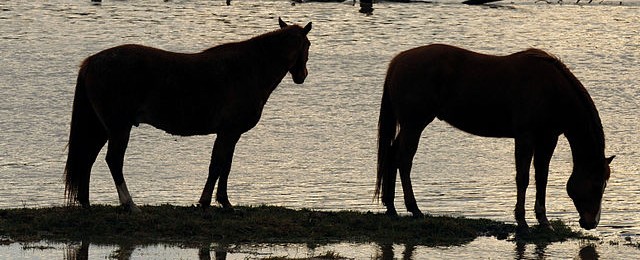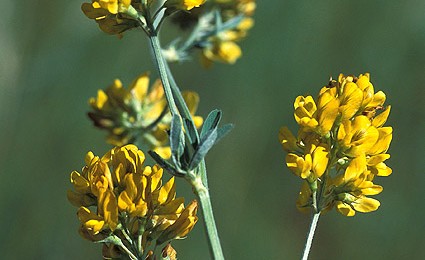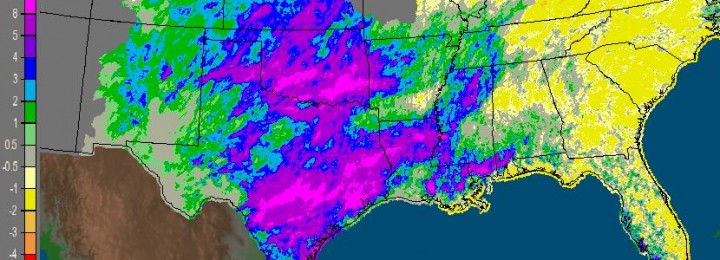Livestock
-

The Southeast Farm Press released a report earlier this month describing a new variety of cattle produced by the University of Florida Range Cattle REC. The Ona White Angus was developed over two decades of cross-breeding and are similar in meat quality to Black Angus but have white hair with black skin. This will make…
-

The heat this summer has been intense in some places. Farmers know that too much heat makes dairy cattle produce less milk and cut into profits. Modern Farmer published a short article describing one Wisconsin farmer’s innovative way of keeping his cows cool and happy. You can read the article here. The Shade Haven looks like…
-

Recent weather events have caused a number of impacts on livestock in the Southeast. Here are a couple of recent news stories about some of the impacts. Earlier this week National Public Radio ran a story about the effects of both drought and flood on Texas cattle ranchers. The whipsaw from drought to the recently…
-

While we’ve been dry here in the Southeast for the last month, areas farther to the west have seen massive rain and flooding. This has caused a number of problems for livestock producers across the area. This article from AgWeb describes problems in Arkansas with diminished hay and increased disease, including an increase in “hardware…
-

The very wet April followed by the very dry May have caused a variety of agricultural impacts in the Southeast. Here is a sampling of what I have seen in news stories. The Southeast Farm Press noted that the dry conditions in early May came at a bad time for pre-applied herbicides to activate. Weeds…
Posted in: Climate and Ag in the news, Crops, Drought, Extension agent outreach, Livestock, Uncategorized -

AgWeb posted an interesting story from Bloomberg Businessweek on the history of agriculture in California which explains why they grow so much alfalfa there, even though it is a very water-intensive crop. Milk is the #1 agricultural commodity produced in California, edging out almonds and grapes. Much of it is consumed in-state, but quite a…
-

You may have read the news about the extreme flooding that is occurring over the central part of the United States. In Sunday’s post on climate data sources I showed a precipitation map from the Oklahoma mesonet; some stations reported more than 20 inches in the last 30 days! You can read one story about…